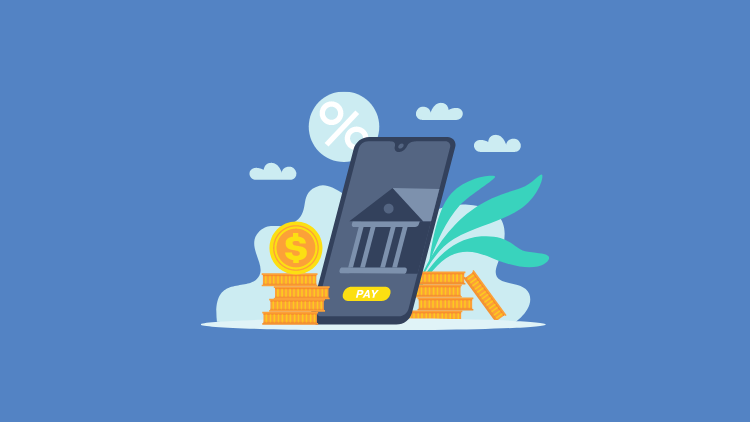Podcasts
‘We’re putting the power in the hands of the banker’: Jack Henry’s CEO David Foss on unbundling its core
- After 45 years, Jack Henry is drastically changing its strategy by unbundling its core.
- CEO David Foss joins us on the podcast to discuss the ins and outs of this new strategy and what it means for the company going forward.








